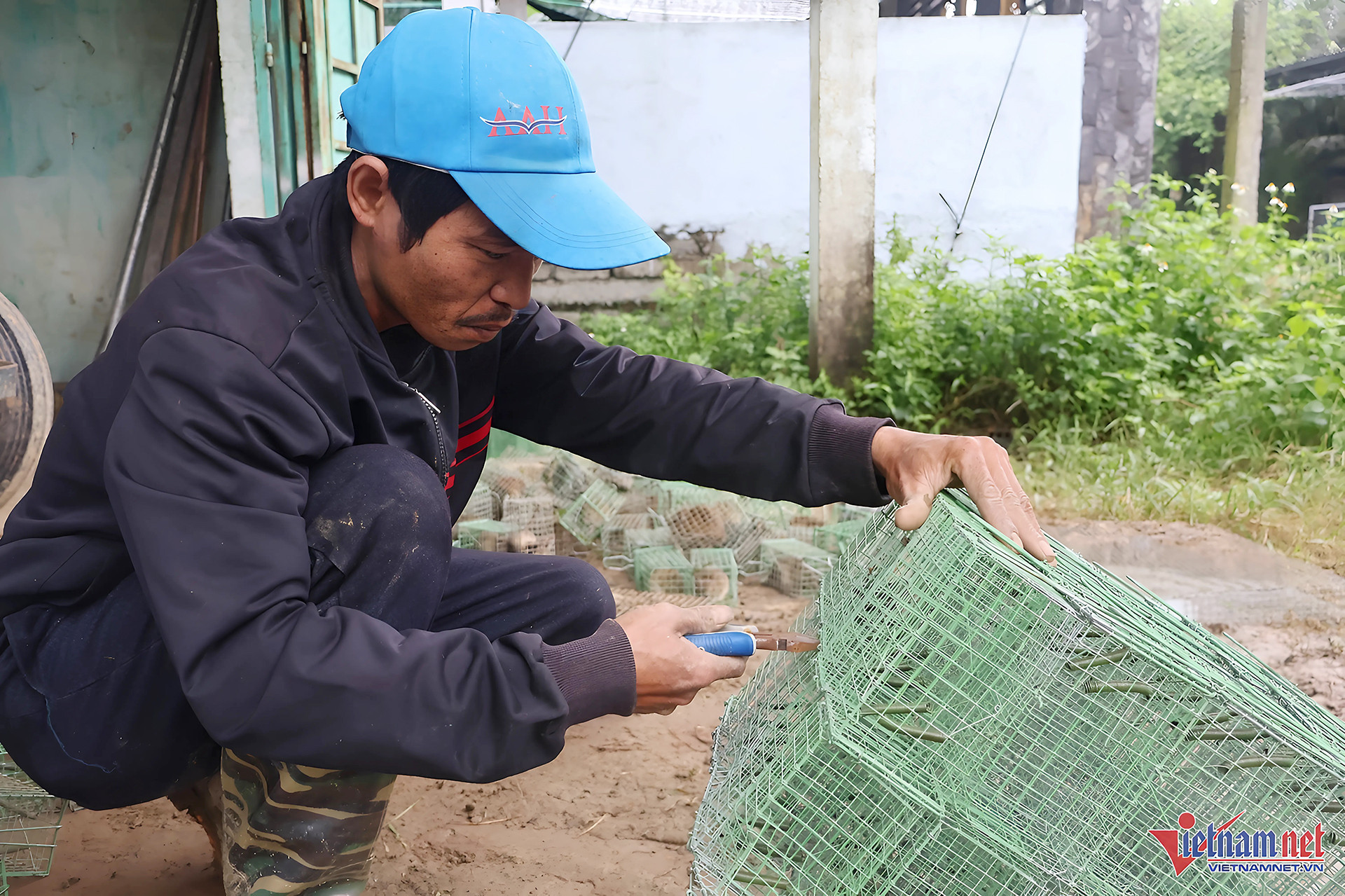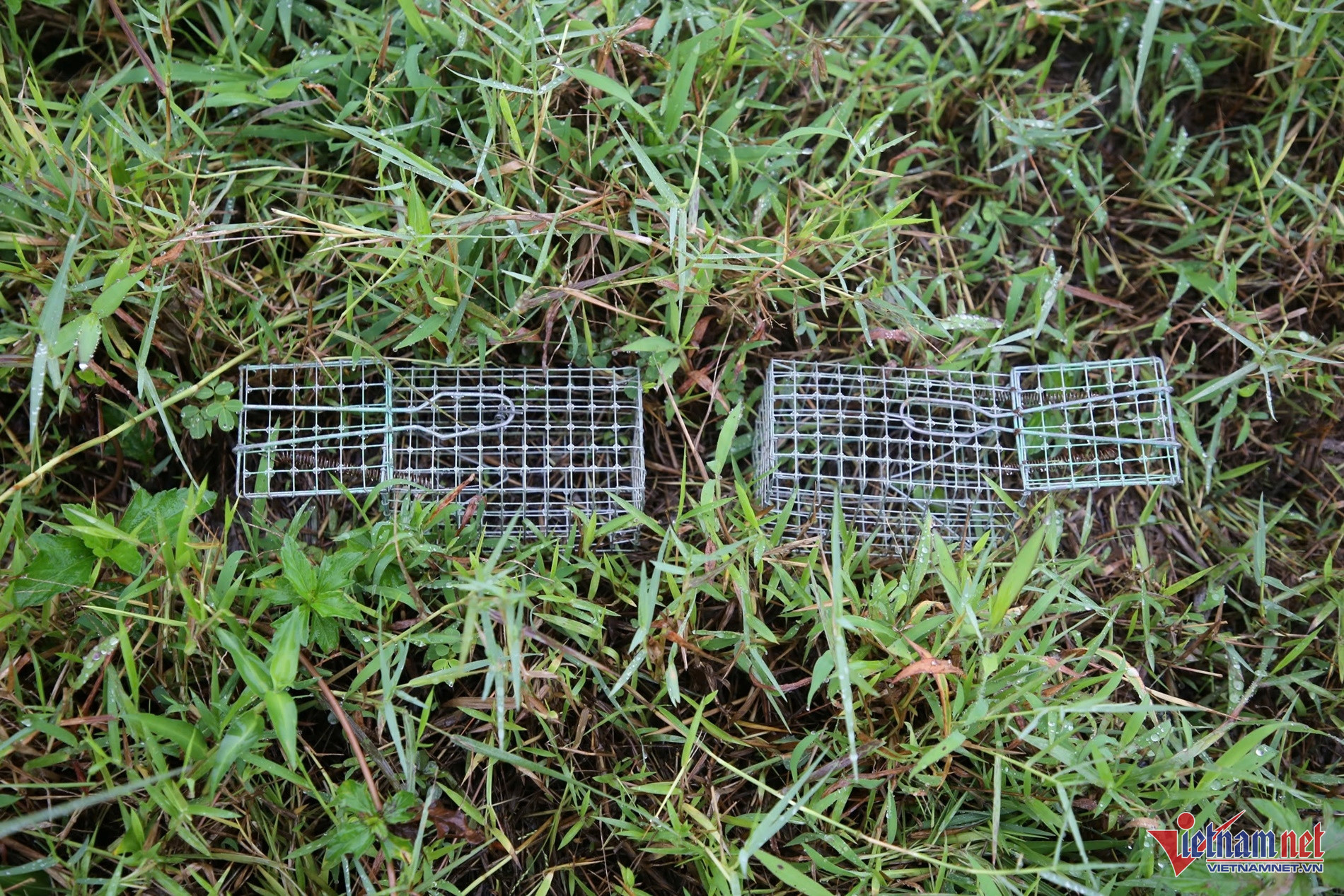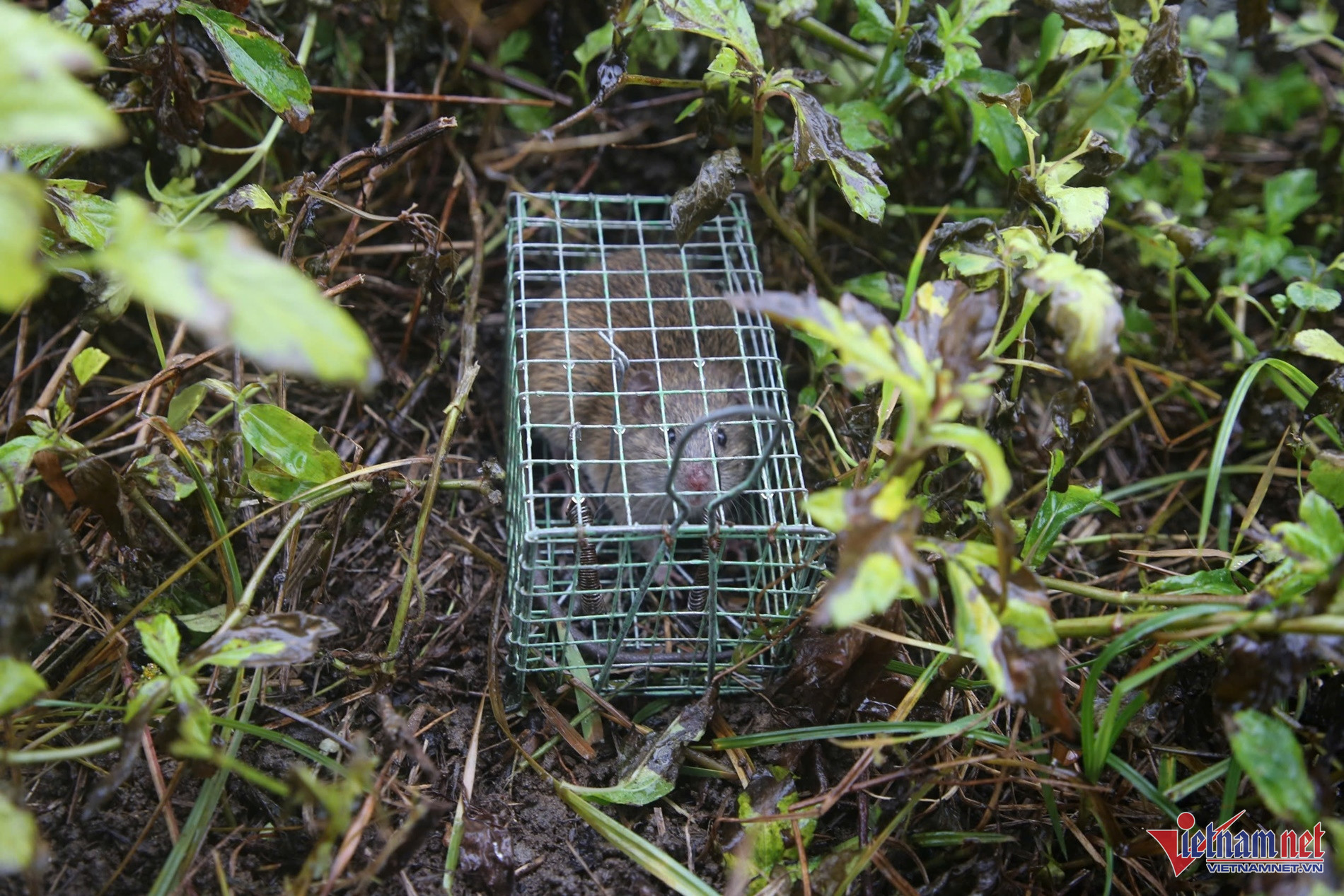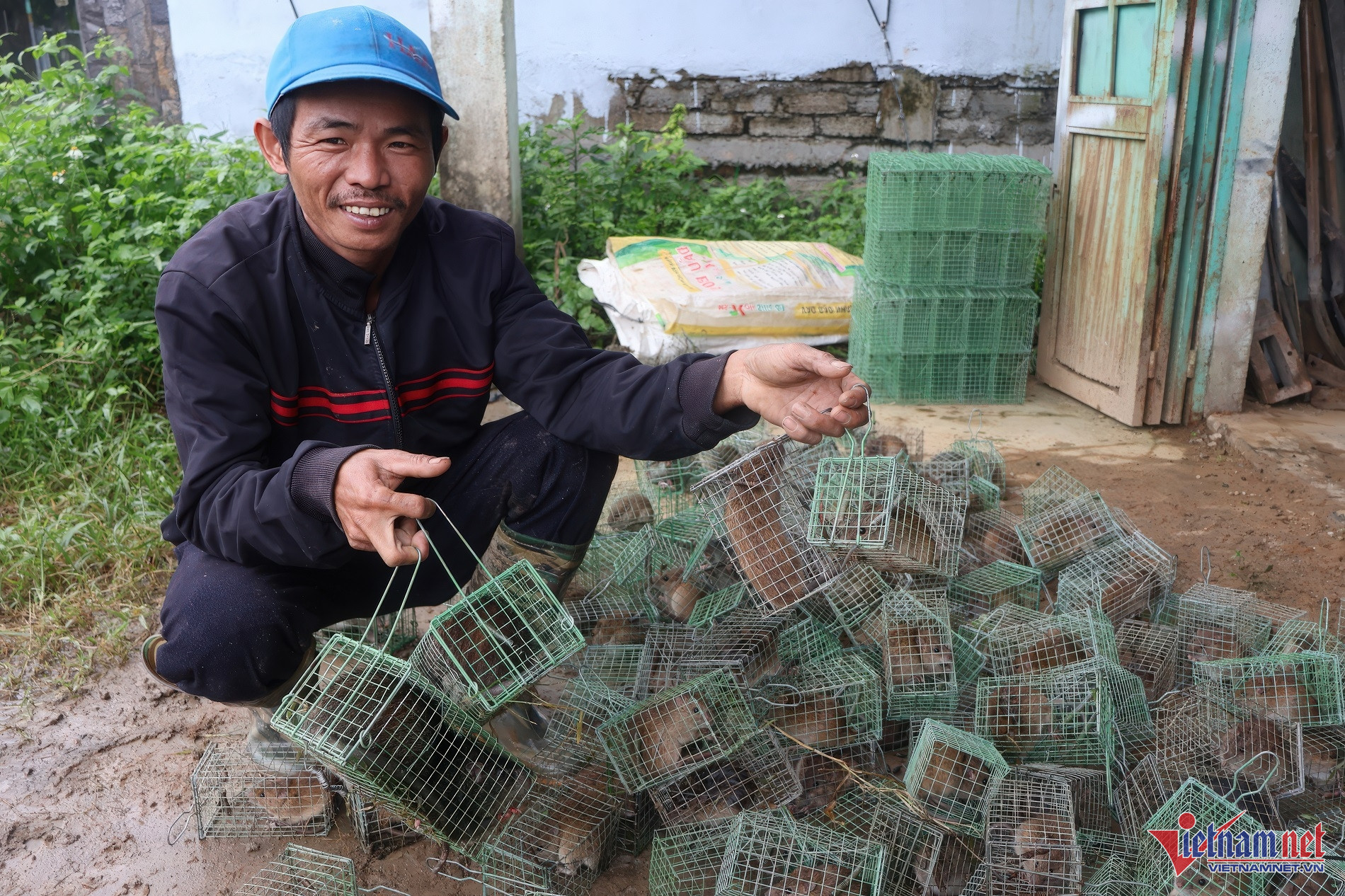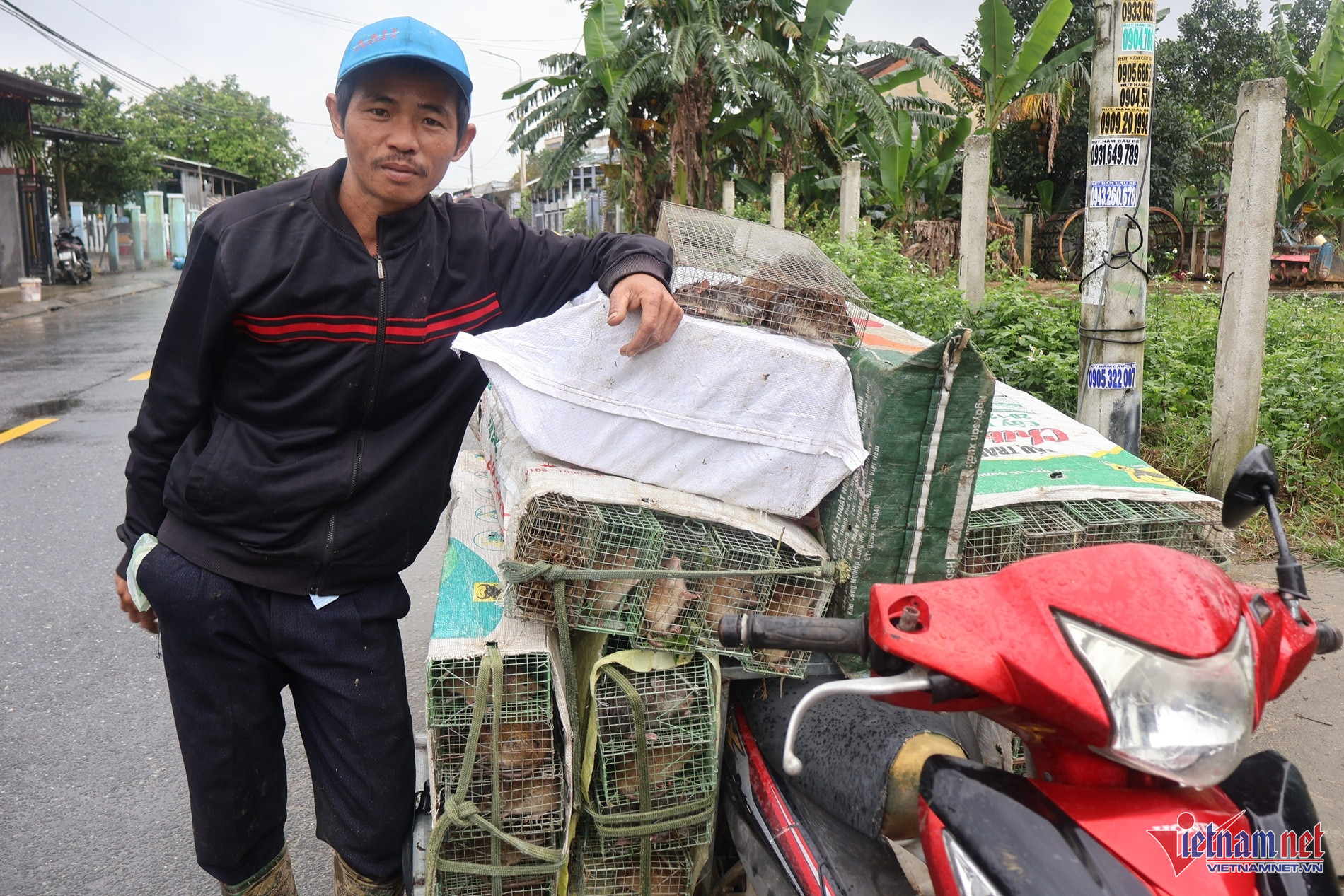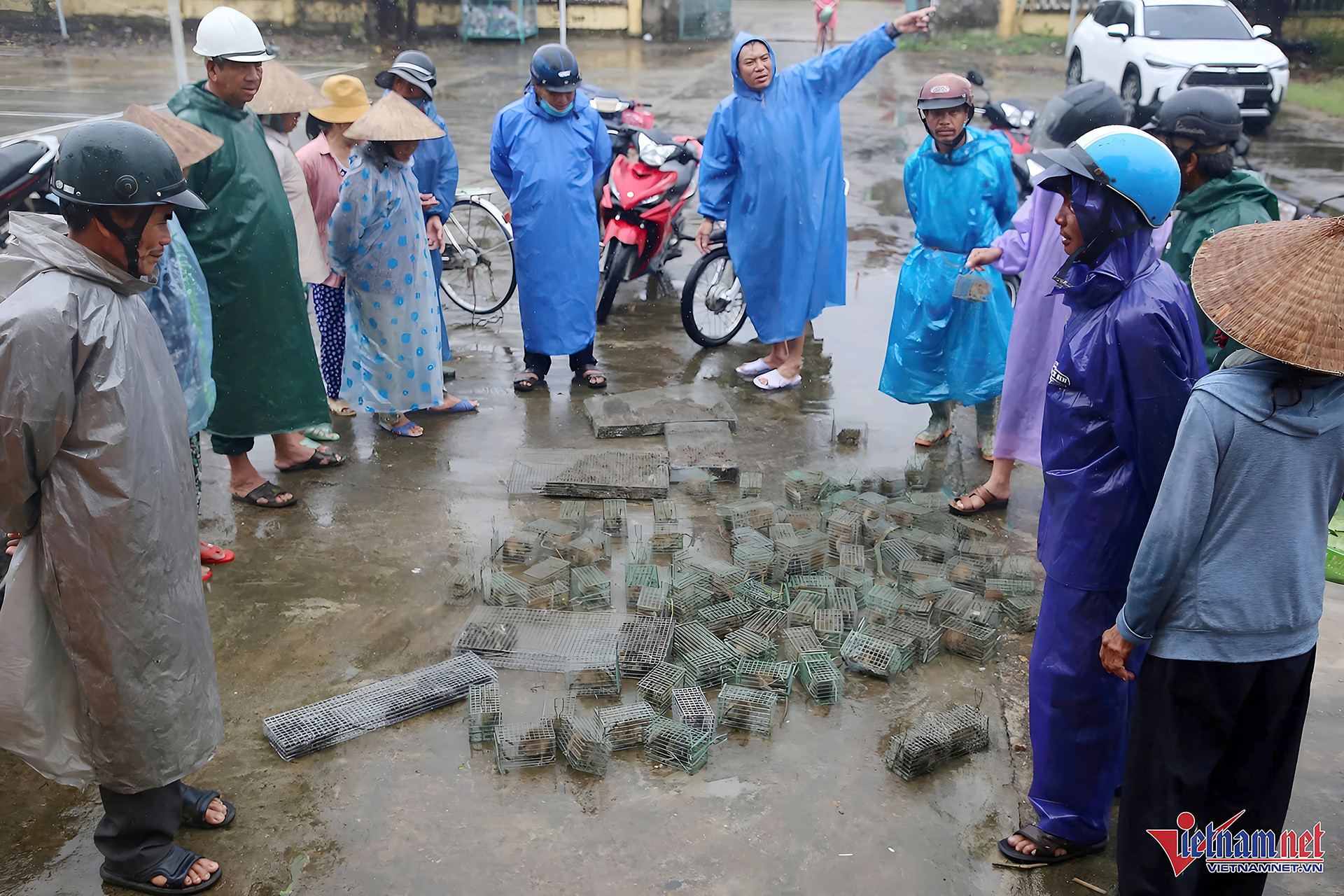Ha Nam
In the early hours of cold winter mornings, Nguyen Van Hung, a 39-year-old resident of Que An commune in Quang Nam’s Que Son district, can be found scouring the fields of Duy Xuyen district.
With a sack filled with freshly trapped field rats, Hung has become a familiar figure, affectionately nicknamed the "rat eradicator" by locals.
Hung has an uncanny ability to locate rat burrows along the field edges and predict their movements.
His methodical approach allows him to set traps without bait, often resulting in remarkable hauls—on one occasion, nearly 800 rats in a single day.
Turning a necessity into a livelihood
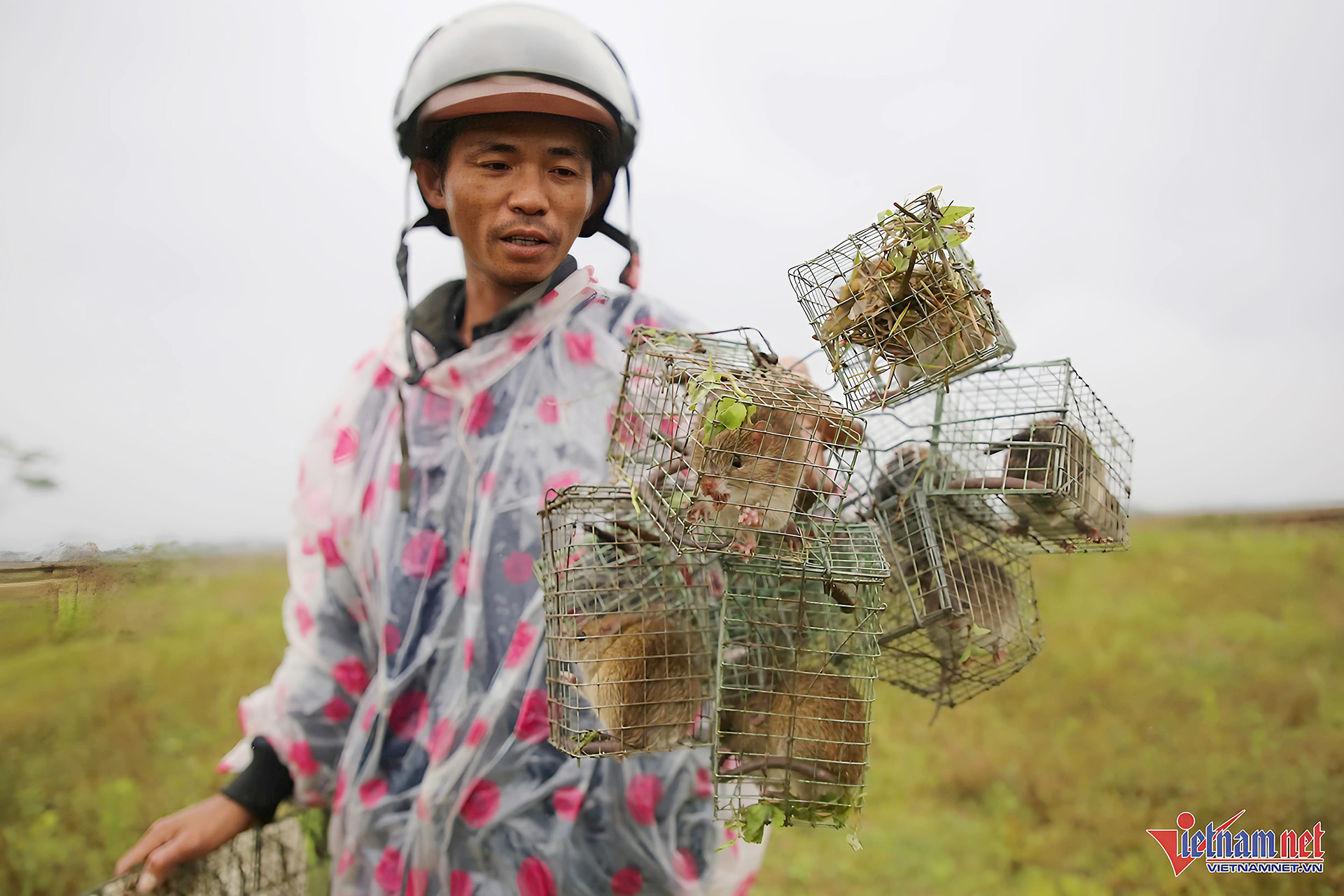
Hung’s journey into rat trapping began at 18, when he moved south to Binh Thuan province and worked various jobs.
There, he discovered a demand for field rats as a delicacy in urban restaurants.
By 2010, he returned to Quang Nam to marry and switched to masonry, as eating field rats was uncommon locally.
However, in recent years, a lack of significant floods has led to an explosion in the rat population, which has severely impacted local crops.
To support farmers while generating income, Hung resumed rat trapping.
He reconnected with buyers in southern provinces who purchase processed field rats for 40,000 VND per kilogram and invested in over 600 green-painted cage traps costing 12,000 VND each.
Effective and sustainable trapping
Starting in November, Hung began setting traps in fields not yet under cultivation.
Rats are naturally cautious, hiding in burrows during the day and emerging at twilight to check for predators.
To outwit them, Hung strategically places traps along their pathways in dense vegetation rather than directly at burrow entrances.
Hung sets his traps in the evening and checks them around 8 PM, before returning home to rest.
By dawn, he collects his “harvest” - 400 to 500 rats per night, weighing over 40 kilograms.
The rats are then cleaned, frozen, and shipped to buyers in the south.
His effectiveness has attracted attention from local officials and farmers.
In Duy Xuyen district, Hung has been invited to set traps in various fields, with local authorities providing meals, accommodation, and 200,000 VND in daily support.
Supporting farmers and protecting crops
Luong Thanh Binh, deputy chairman of Nam Phuoc town’s People’s Committee, highlighted the damage caused by the growing rat population, exacerbated by lower rainfall and less flooding.
“With 450 hectares of rice fields at risk, Hung’s work has been invaluable. In just over a month, he’s trapped nearly two tons of rats while also teaching locals effective trapping techniques,” Binh said.
The local government recently awarded Hung a certificate of merit for his contributions to agricultural protection.
Hung’s efforts have brought hope to farmers like Le Van Thanh, whose family farms four sao (0.16 hectares) of land but lost half their summer-autumn crop to rats.
“Despite trying multiple methods, we couldn’t control the damage. Thanks to Hung, we’re optimistic about the upcoming season,” Thanh said.
